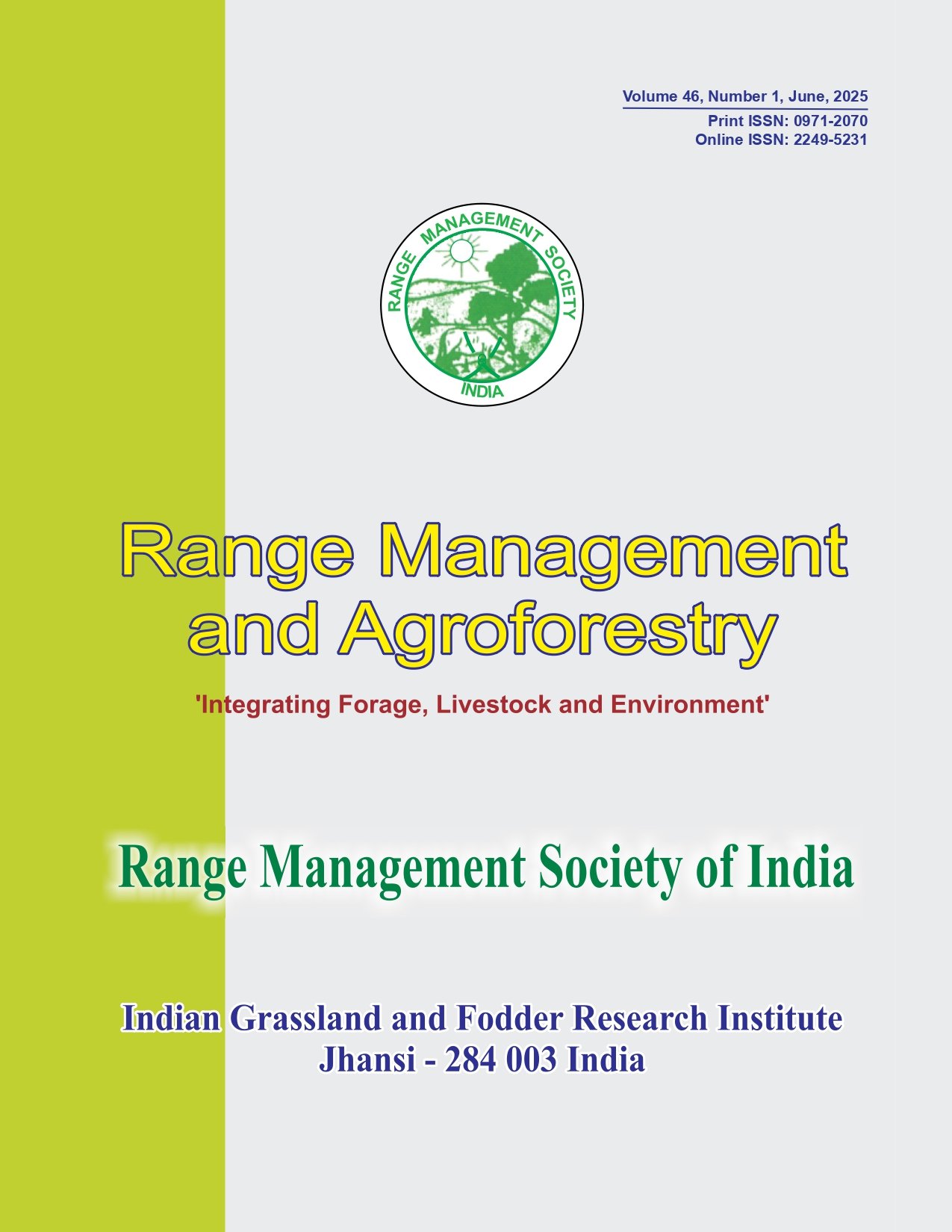Comparison of maximum entropy and logistic regression for distribution modeling of Prangos pabularia lindl. in southern rangelands of Ardabil province, Iran
Keywords:
Ardabil province, AUC, Logistic regression, MaxEnt, Prangos pabulariaAbstract
This study was aimed to model Prangos pabularia in the rangeland of southern Ardabil province, Iran using logistic regression (LR) and the Maximum Entropy Method (MaxEnt). The data for this study were soil factors, topographic factors and climatic factors. The slope and elevation maps (1: 25000 scale) were obtained from the DEM (digital elevation model) map. Six sites with the distribution of P. pabularia (presence and absence) were identified. Three 100 m transects were established. On each transect, ten plots (4 m2 ) were located and the total canopy cover and density of plants were recorded. Overall, 180 plots were sampled in six sites. Soil samples were collected from a depth of 0-30 cm on each transects at the beginning and end of each transect. The LR model showed that rainfall/precipitation was the most effective factor on the habitat distribution of P. pabularia. The accuracy of the LR method for the prediction map was good (Kappa index = 0.51). The MaxEnt method indicated that variables such as elevation, rainfall, phosphorus (P) were the most effective factors on the distribution of the habitat of P. pabularia. The appraisal of the software performance and the accuracy of the model prediction were at an excellent level (area under the curve =0.94). The accuracy of the MaxEnt method was low (Kappa index = 0.15). Thus, the accuracy of the LR method was more reliable than that of MaxEnt method.




